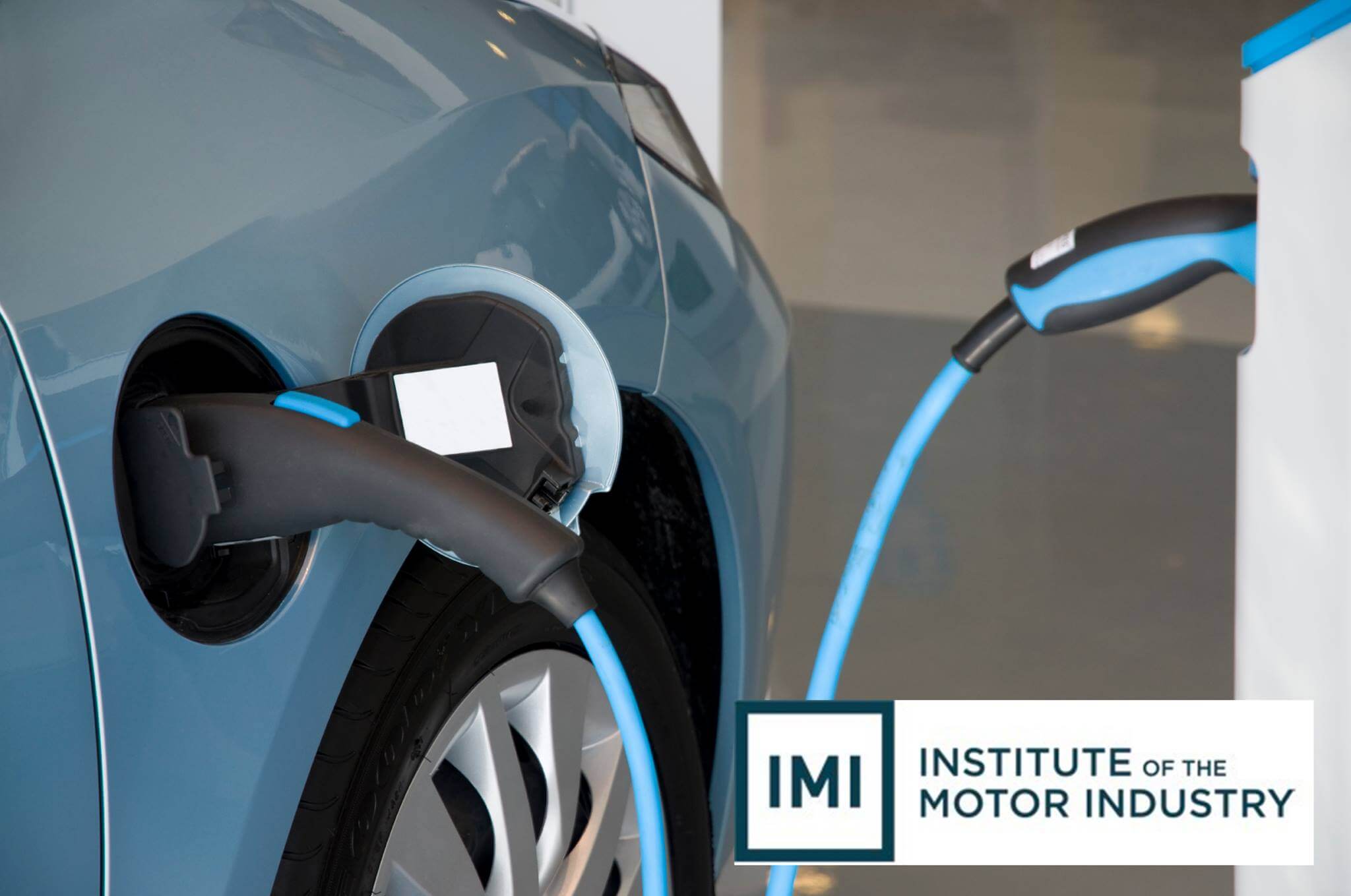There are many types of hybrid and electrical vehicles on the road today. Here we will walk you through the different types of vehicles and what makes the different.
Why is it important to know about these systems and what makes up these systems? Be sure to check out our page here about the safety procedures and training we have gone though to be IMI Level 2 Certified to power down these systems. Learn More Here!
Types of Electric Vehicles
Extended Range Electric Vehicle (EREV)
These vehicles have a smaller style internal combustion engine and an electrical generator. Unlike a hybrid where the small engine works to move the vehicle, on this type of vehicle the small internal combustion engine is used just to provide electricity to the generator and is NOT used to move the vehicle in any way.
Example: Chevrolet Volt
Hybrid Electric Vehicle (HEV)
This is the most common of electric vehicle. They have not only a gas engine but also an electric motor. These are the types of vehicles that “shut off” when stopped then quickly start back up when taking off, these style hybrids are called “micro-hybrids.”
Hybrid example: Toyota Prius
Micro Hybrid: 2019 Toyota Camry
Plug-In Hybrid Electric Vehicle (PHEV)
These types of vehicles get their batteries charged from an external source like an outlet at your home or work.
They are similar to conventional hybrids in that they have both an internal combustion engine and an electric motor. What sets these vehicles apart from a hybrid though is unlike conventional hybrids, PHEVs can substitute electricity from the grid for gasoline. This allows them to not need any gasoline to run.
Example: 2017 Hyundai Sonata PHEV
Full Electric Vehicle (EV) Battery Electric Vehicle (BEV)
A vehicle powered solely by energy stored in a type of battery, or batteries. An EV/BEV is not a hybrid vehicle.
Example: All Tesla Models

